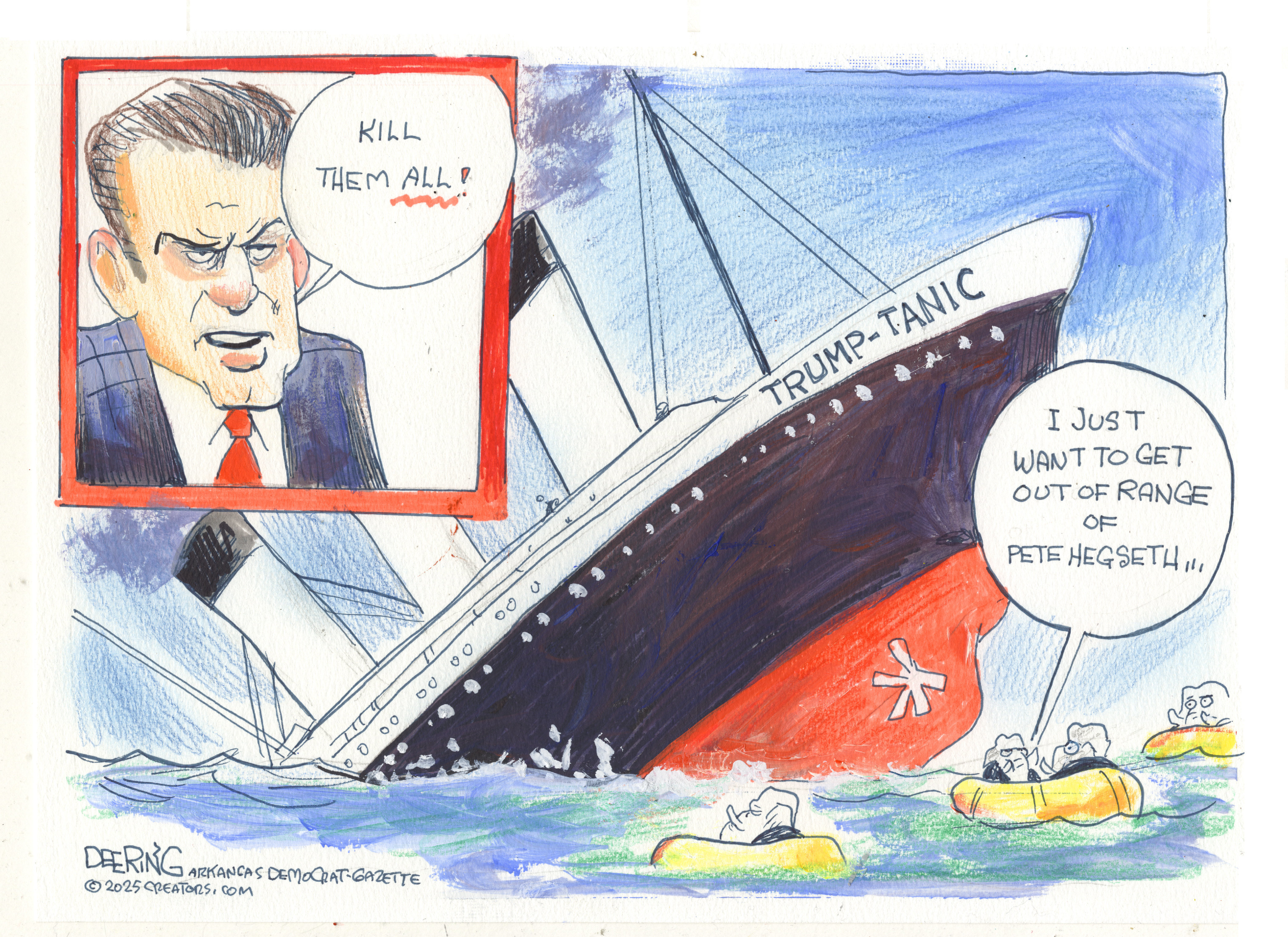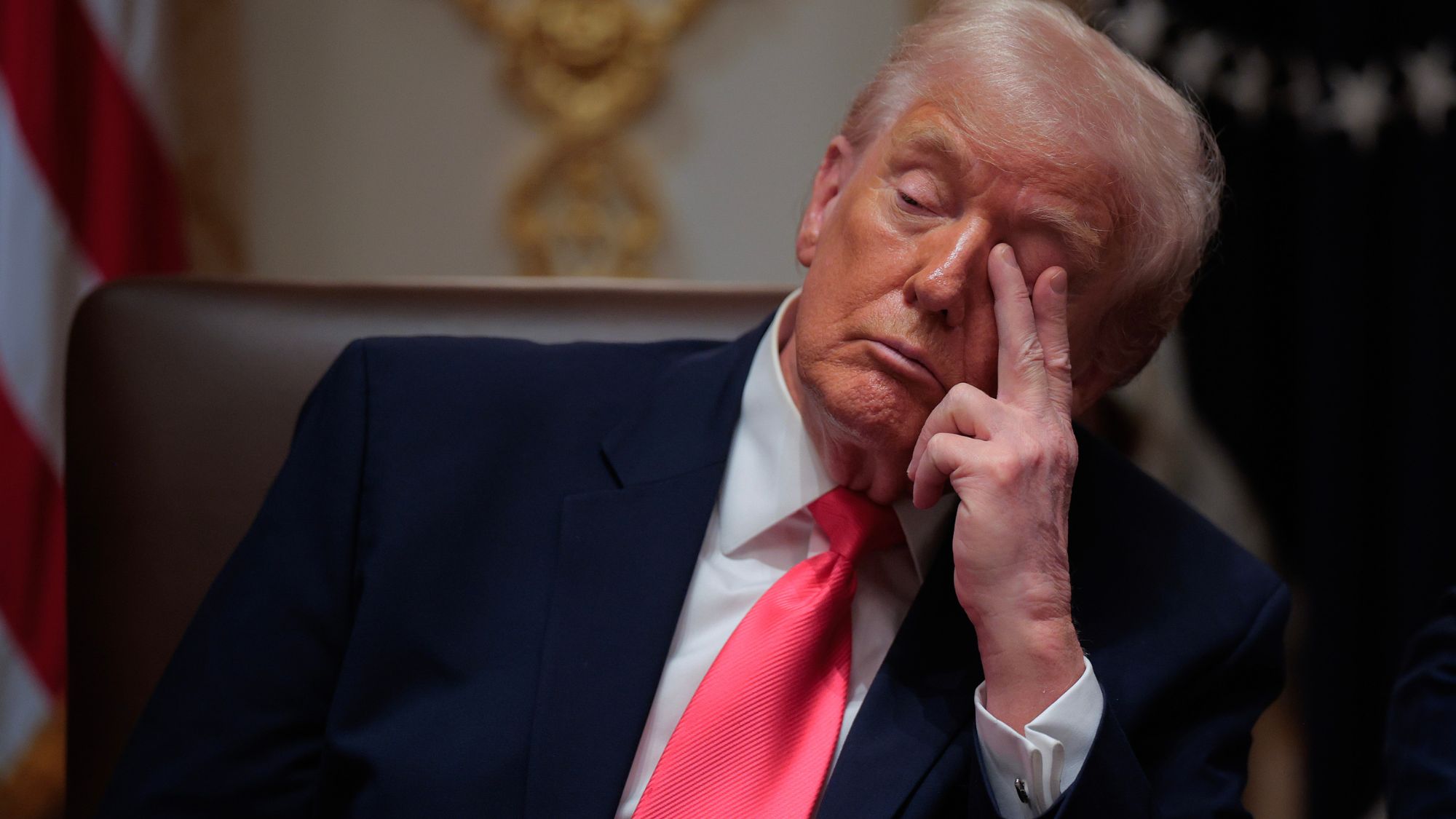The uncertain beneficiaries of ObamaCare
Across the U.S., uninsured people are trying to do the math

THE INSURANCE MARKETPLACES that form the centerpiece of President Obama's health-care law opened on Tuesday, a crucial turning point for millions of Americans who will finally get the chance to square the law's lofty ambitions with their own personal needs.
While some people desperate for coverage will need no persuading to sign up, for others the decision will amount to a series of complicated calculations: Are the new plans less expensive or more generous than existing ones? How do premiums and out-of-pocket costs compare? Are the networks of doctors and hospitals the most desirable? Who qualifies for how much of a subsidy, and what is the tax penalty for a miscalculation?
How millions of people answer these questions over the next six months will be vital to determining whether the Affordable Care Act lives up to its name and its ambitious goal of helping more people buy the coverage they need.
The Week
Escape your echo chamber. Get the facts behind the news, plus analysis from multiple perspectives.

Sign up for The Week's Free Newsletters
From our morning news briefing to a weekly Good News Newsletter, get the best of The Week delivered directly to your inbox.
From our morning news briefing to a weekly Good News Newsletter, get the best of The Week delivered directly to your inbox.
Much is at stake for insurers as well: They must attract enough healthy people to pay for the care of sicker patients, and price their offerings to keep premiums low enough to be competitive but high enough to be sustainable.
As the state insurance exchanges were set to open, we talked to people around the country who would be among the first to give them a test drive. For some, the law could provide welcome relief from mounting medical bills; for others, a break from rising premiums. Still others must decide whether insurance is right for them at all.
MITCHELL MCGOVERN, 26, lives in Brooklyn and works part-time at a Crate and Barrel store in Manhattan. He earns about $15,000 a year and does not have health insurance of any kind.
A bout with pneumonia in January sent him to the doctor's office, which cost him $75, and $150 for medication. McGovern said he would love to buy health insurance — and he was mindful that the law requires him to do so — but only if it cost him less than $100 a month. "I live paycheck to paycheck," he explained.
A free daily email with the biggest news stories of the day – and the best features from TheWeek.com
McGovern is exactly the sort of person the Obama administration needs to enroll in the new insurance marketplaces if the federal health-care law is to succeed — young, healthy people who until now have not been covered by insurance, either because they couldn't afford it or because it wasn't a priority. If a critical mass of these people doesn't enroll — the federal government hopes to sign up about 2.7 million of them — the premiums for plans offered on the exchanges could skyrocket and cause the market to fail as fewer and fewer people take part.
McGovern's current income will probably qualify him, just barely, for Medicaid in New York state. But for McGovern and others like him, predicting how much he will make even a few months from now is hard, and he may end up qualifying instead for tax-credit subsidies in the state marketplace.
His uncertain financial situation is typical of the population most likely to consider the insurance marketplaces, said Ceci Connolly of the Health Research Institute at PricewaterhouseCoopers. Only about 51 percent will have full-time jobs, with a median annual income of about $21,700. She said 38 percent of the people expected to enroll will end up shuttling several times between Medicaid and the marketplaces over the next four years.
Lavel D. White is also 26 and getting by without health insurance. Unlike McGovern, however, he knows he has a health issue. A documentary filmmaker who lives in Louisville, he has high blood pressure. He said he has to pay out of pocket for doctor visits and sometimes doesn't refill his medicine because he doesn't have insurance.
To help millions of low-income Americans afford coverage, the law created subsidies that can bring down the cost of a policy. The most expensive plans, at the platinum level, will limit the amount people have to pay toward a doctor's bill or a hospital stay, while the least-expensive bronze plans may require significant out-of-pocket spending. Under federal law, all plans cap the annual amount that someone must pay for care at $6,350.
The Obama administration has estimated that a 27-year-old with an income of $25,000 will be eligible for a silver plan, a moderately priced policy, for $145 a month.
White said he had researched his options for enrolling and found them reasonable. His income varies — last year, he made about $11,000, and this year he expects to make around $16,000. He will be eligible for Medicaid if he earns less than $16,000, but if he makes about $20,000, he will pay about $67 a month for the second-least-expensive silver plan offered in Kentucky. All insurance plans offered in the marketplace must cover White's preventive care, but how much his medication will cost will depend on the details of the version he selects.
FIVE YEARS AGO, Jenifer Vogt was treated for thyroid cancer. She had insurance through her employer, but she now works for herself, as a freelance arts writer without insurance. Premiums for private health coverage have been too high.
Vogt, who is 44 and lives in Boca Raton, Fla., knows she needs insurance and is eager to sign up in the state marketplace. "You really can't live without it," she said. She skipped a recent scan to check if the cancer had returned because, she said, she couldn't afford it.
Vogt does not know whether she is eligible for a subsidy. She said she could afford a policy costing $500 a month and would be willing to pay as much as $700, even if it meant sacrifices like eating out less often. She hopes she can find a policy in that range in the Florida marketplace.
Another concern is whether the plans being offered will include her doctors. "Because I'm a cancer survivor, I have really good relationships with my doctors here," she said. But she would sacrifice even those relationships to get health coverage at this point. "I live with that constant fear if I go out tomorrow and have an accident, I'm going to lose everything," she said. "I would completely go bankrupt."
Anne Villanueva of Seattle has a different set of questions but, like Vogt, no easy answers. Villanueva, 27, works as a freelance transcriber and sells pillows and hair accessories on the website Etsy.com. She recently learned that her insurance company would terminate at year-end the plan she now buys privately. The options that the insurer offered instead come with higher deductibles and less generous drug coverage.
Villanueva takes the drug Enbrel for rheumatoid arthritis; the drug, though costly, is paid for through an assistance program run by Amgen, its manufacturer. That program also covers her current deductible.
She is leaning toward buying insurance under Washington state's marketplace because she thinks that the out-of-pocket costs will be lower. But it is still unclear how drug companies like Amgen will cover patients' drug costs in the marketplaces.
The federal Department of Health and Human Services is still determining whether the marketplaces should be considered federal programs; if they are, drug assistance programs could be characterized as government kickbacks and rendered illegal. The drug companies could indirectly cover patients' costs through nonprofit foundations, but those details have not been worked out.
"I don't know what I'm going to do if I don't find something better," she said. "I'm still freaking out, but I'm also slightly excited to see what the health insurance exchange is going to be like, and what it's going to offer me."
PEOPLE IN THEIR 50s and 60s are often charged very high premiums because of their age. But Jesus and Soila Cantu have been looking forward to the new law. "I was trying to get some insurance when all this happened," Jesus said. It has been years since Jesus, 55 and an independent contractor in El Campo, Texas, had coverage. His wife, 63, who was a teacher's aide, lost her insurance when the school district eliminated her job and she worked as a substitute instead.
Last summer, Soila had double vision and trouble focusing. After going to various doctors, whom the Cantus paid themselves, Soila received a diagnosis of an aggressive form of leukemia. She has been treated for more than two months, and the bill at the end of August was $650,000. The hospital, Jesus said, called them to ask for a payment for $500,000.
"The best I can do is $5,000," Jesus recalled telling the hospital representative He told the hospital he would try to pay that amount every month.
Before his wife's cancer diagnosis, the Cantus were financially comfortable, and they believe they make too much money to qualify for any assistance. Now they are deeply in debt because of the cost of Soila's care. Jesus said he had been waiting to enroll in the health-care marketplace. "I wanted to get us prepared for Obamacare, and I didn't want to pay a fine."
But while he expects to enroll for coverage for next year, the law won't help him with his wife's medical bills, which he estimates now approach $1 million, if not more. "Where am I going to get that kind of money?" he said. "In 20 years, I wouldn't be able to pay it off."
Adapted from an article that originally appeared in The New York Times.
-
 Political cartoons for December 7
Political cartoons for December 7Cartoons Sunday’s political cartoons include the Trump-tanic, AI Santa, and the search for a moderate Republican
-
 Trump’s poll collapse: can he stop the slide?
Trump’s poll collapse: can he stop the slide?Talking Point President who promised to ease cost-of-living has found that US economic woes can’t be solved ‘via executive fiat’
-
 Sudoku hard: December 7, 2025
Sudoku hard: December 7, 2025The daily hard sudoku puzzle from The Week